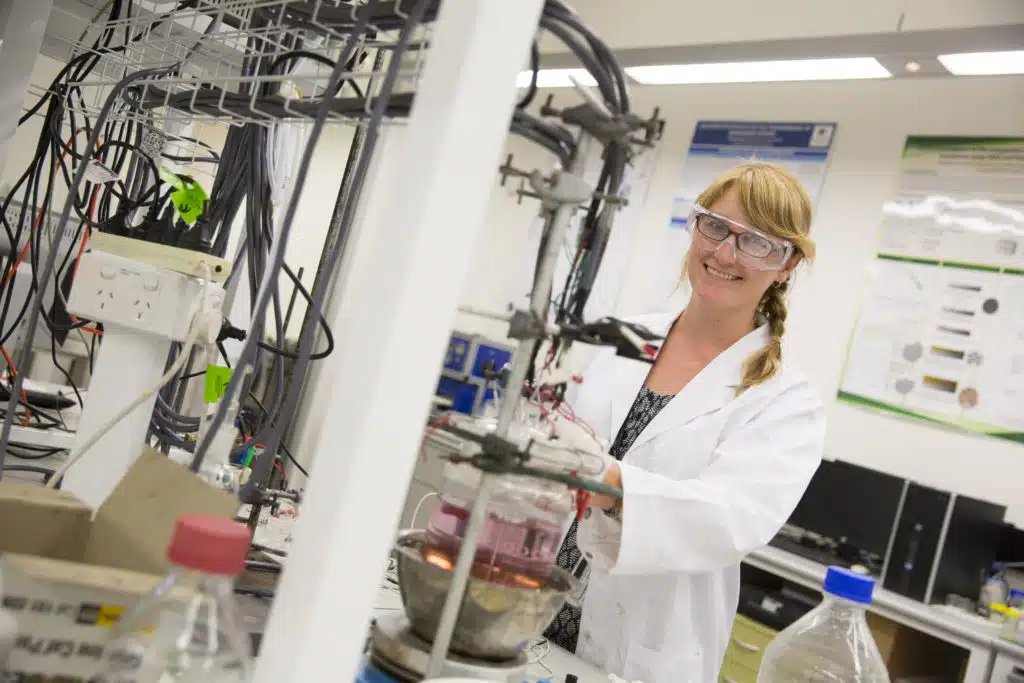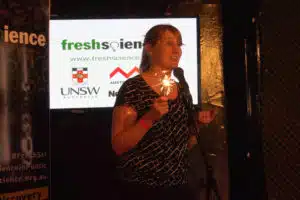Sunlight is being used to convert carbon dioxide into batteries, thanks to a new technology being developed by researchers at the University of Newcastle.
Currently, we mine the materials we use to make batteries. One of these materials is graphite—a type of carbon—that has specific properties that makes it good at storing electrical energy, including high conductivity and chemical stability.
But will this secure our long-term energy future?
“As we move more and more to renewable sources of energy we’re going to need a lot of batteries to store energy, and manage the variability of the sun and the wind,” says Dr Jessica Allen, who is part of the research team.
“We need to think about where materials for these batteries will come from, and look for more sustainable alternatives.”
That alternative turns out to be a well-known chemical reaction, in reverse.
When carbon (for example in the form of coal) is burnt in oxygen it produces energy, and carbon dioxide as a by-product. This is the principle behind coal-fired power stations.
Jessica and her colleagues have found they can reverse this process using elevated temperatures and chemical intermediates. By using heat from the sun they can transform carbon dioxide emissions from industry into carbon, with oxygen as the only by-product.
“This method allows us to make carbon which is even better at storing electrical energy than the mined graphite,” says Jessica, “which enhances the performance and stability of the final batteries we produce.”
“This is just one example of how solar manufacturing could be a game changer for Australian industry, and allow us to export of high-value products derived from our nation’s biggest untapped resource—the sun.”
Contact: Jessica Allen, University of Newcastle, j.allen@newcastle.edu.au
Banner image: Dr Jessica Allen is developing advanced materials to make better batteries. (Credit: University of Newcastle)






 Fresh Science is on hold for 2022. We will be back in 2023.
Fresh Science is on hold for 2022. We will be back in 2023.